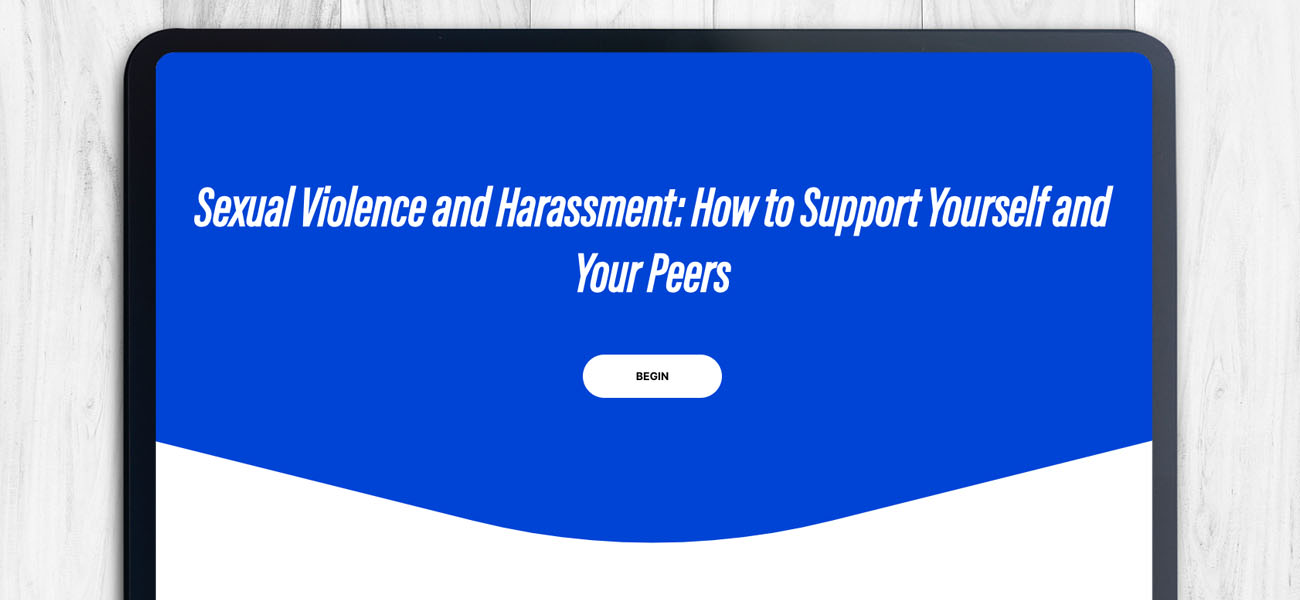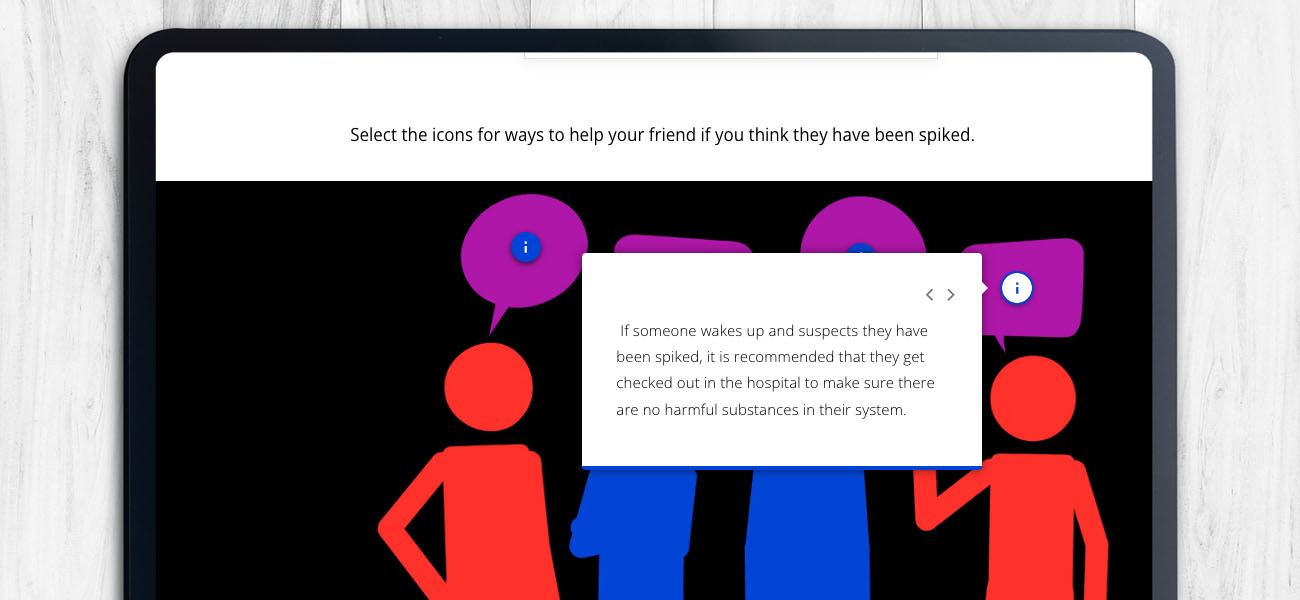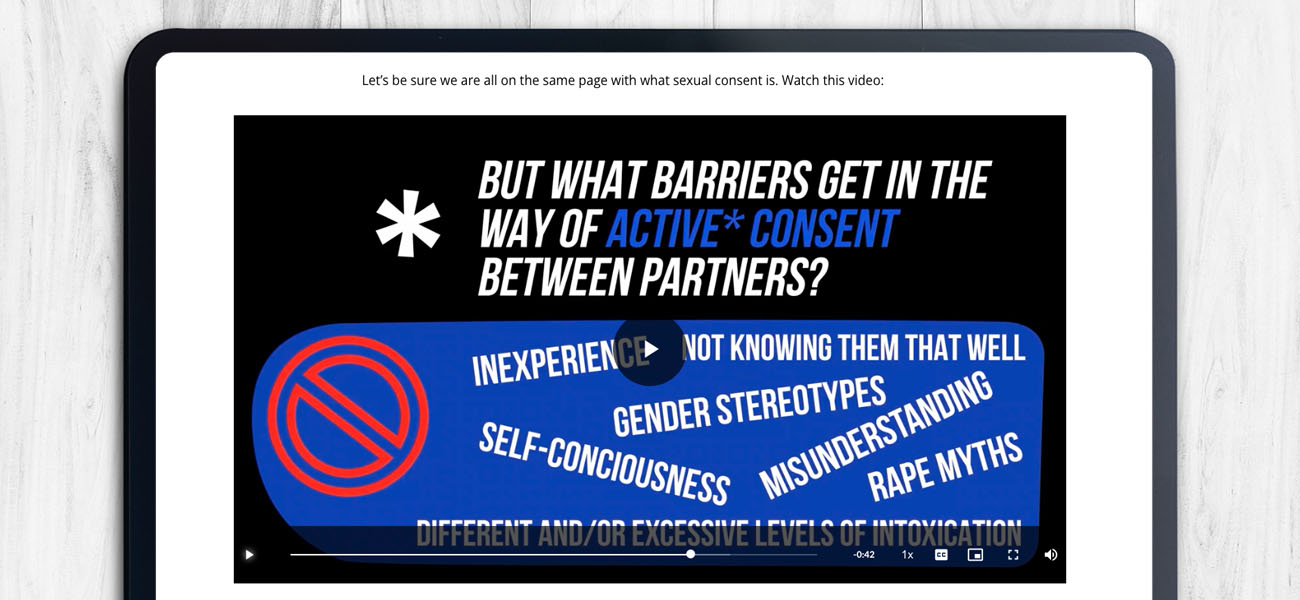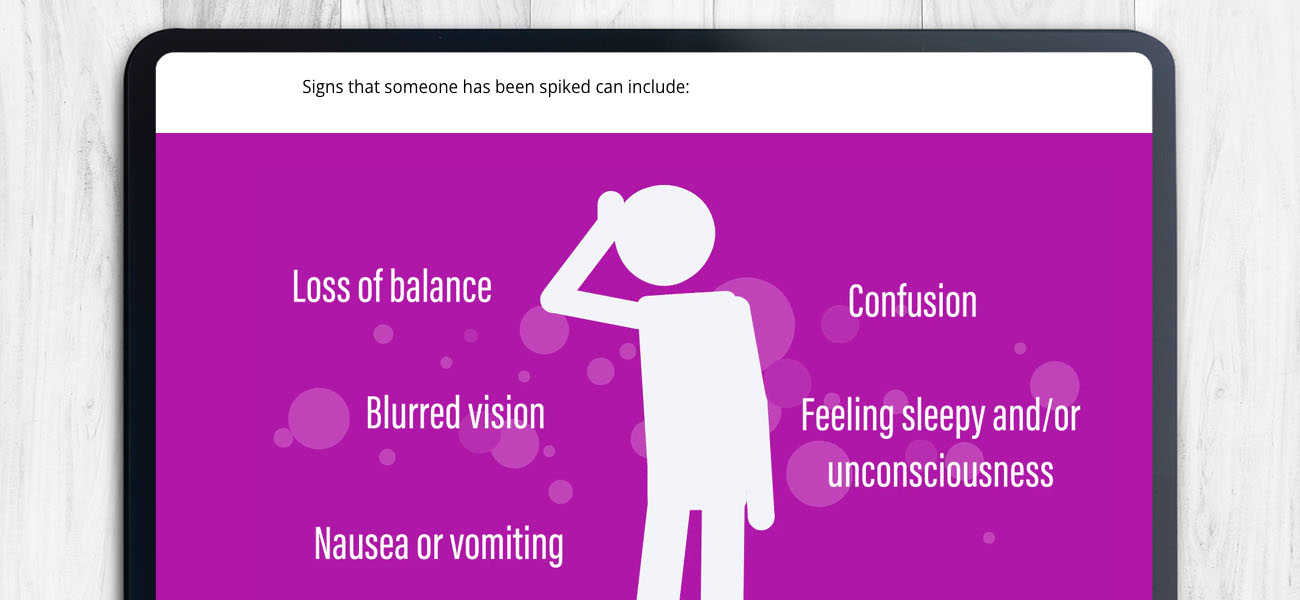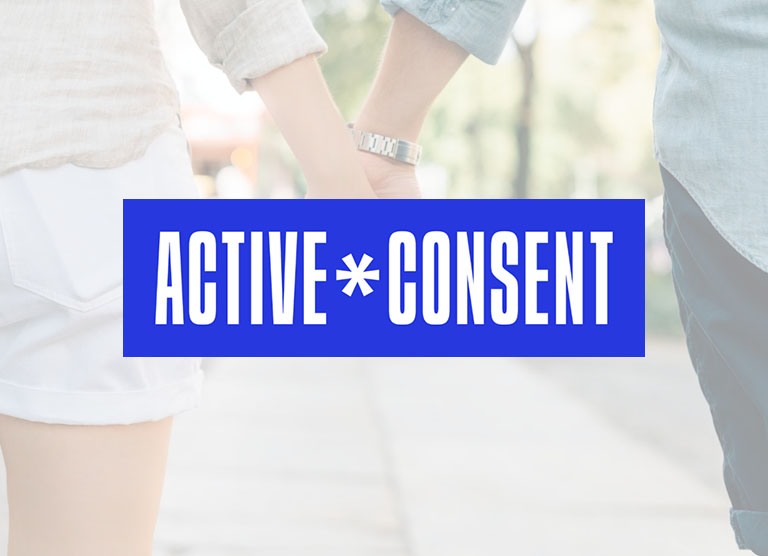
Sexual violence and harassment eLearning
Active* Consent: online sexual violence and harassment training for students
The Learning Rooms worked with Active* Consent to develop online sexual violence and harassment training. The learning resources promote positive and confident sexual health and wellbeing for 16 – 24-year-olds.
About Active* Consent
Active* Consent is an initiative that encourages young people to have positive and confident sexual health and wellbeing. They work with teachers, parents, college staff and policy makers. The Active* Consent programme includes workshops; drama presentations; engaging with the online community and digital training resources.

The Challenge
Active* Consent needed to reach students at 22 colleges and universities around Ireland. They required multimedia rich webinar materials and a 30-minute eLearning module aimed at promoting positive and confident sexual health and wellbeing. The eLearning course needed to address sensitive areas, such as legal definitions of rape, sexual assault and sexual harassment, in an appropriate, realistic and supportive way.
The Solution
The Learning Rooms developed online sexual violence and harassment training. The Active* Consent webinar and eLearning course covers an introduction to sexual consent and coercion; the role of alcohol and intoxication in sexual violence; how to support peers if they disclose a negative sexual experience; and how to step up as an Active* Bystander. It is supported with the latest research and statistics.
From our first meeting with The Learning Rooms team, Active* Consent knew they were the fit for us due to their pedagogical and creative mindset and their warm collaborative demeanour. Time and again, they have bowled us over with their solutions, their troubleshooting and their dynamic realisation of our vision. It feels as if they are an integral part of our team although we have only worked with them six weeks. They are leaders in this field and we feel so lucky to have brought this complicated vision to fruition with them.
Active* Consent

